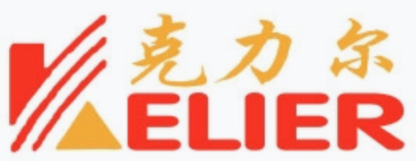According to the classification of fluorescent substances, intensifying screens can be divided into calcium tungstate intensifying screens and rare earth intensifying screens. The calcium tungstate intensifying screen emits visible blue purple light excited by X-ray irradiation, which has good imaging performance such as stable luminous efficiency and few photo spots, but the intensifying efficiency and luminous efficiency are relatively low. The rare earth intensifying screen has high X-ray absorptivity, high luminous efficiency and strong sensitization effect, which can effectively reduce the Radiation exposure of X-ray, but the spot (noise) of X-ray film increases. The commonly used rare earth intensifying screens are divided into two parts: the blue light series and the green light series, based on the different fluorescence spectra they emit.
According to the classification of enhancement efficiency, enhancement screens can be divided into low-speed enhancement screens, medium speed enhancement screens, and high-speed enhancement screens. The lower the enhancement efficiency, the higher the image clarity. The standard screen uses a medium speed calcium tungstate screen.
According to the classification of pasting positions, intensifying screens can be divided into front and rear screens (some intensifying screens are no longer divided into front and rear screens). The fluorescent material coating on the front screen is thin (to facilitate the X-ray to reach the film and rear screen), and is pasted on the inner side of the front of the cassette, with the fluorescent layer facing the film. The rear screen is pasted on the inner side of the back of the cassette, with a thick layer of phosphor and poor imaging clarity. Additionally, some rear screens are lined with a layer of lead foil on the back to absorb backscatter and improve clarity. Therefore, the front and rear screens of the intensifying screen cannot be reversed.
